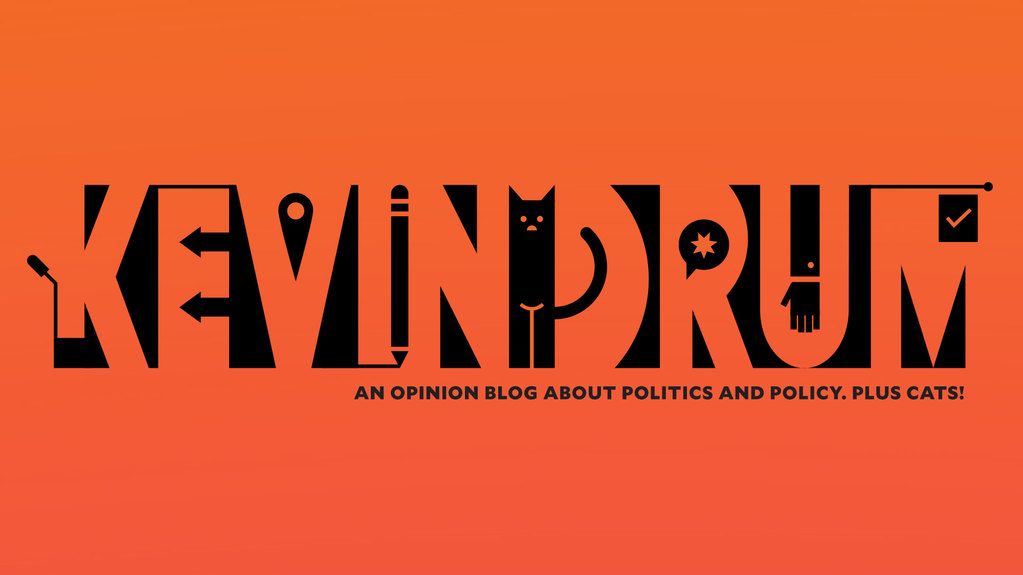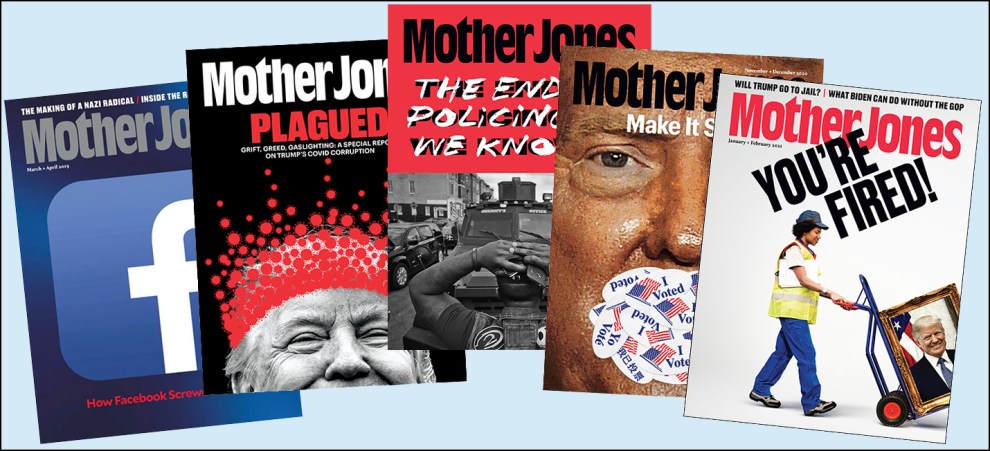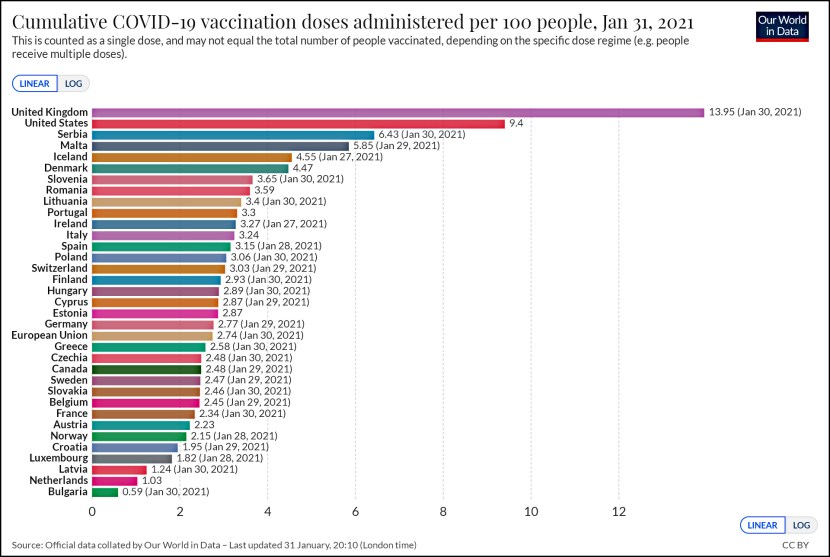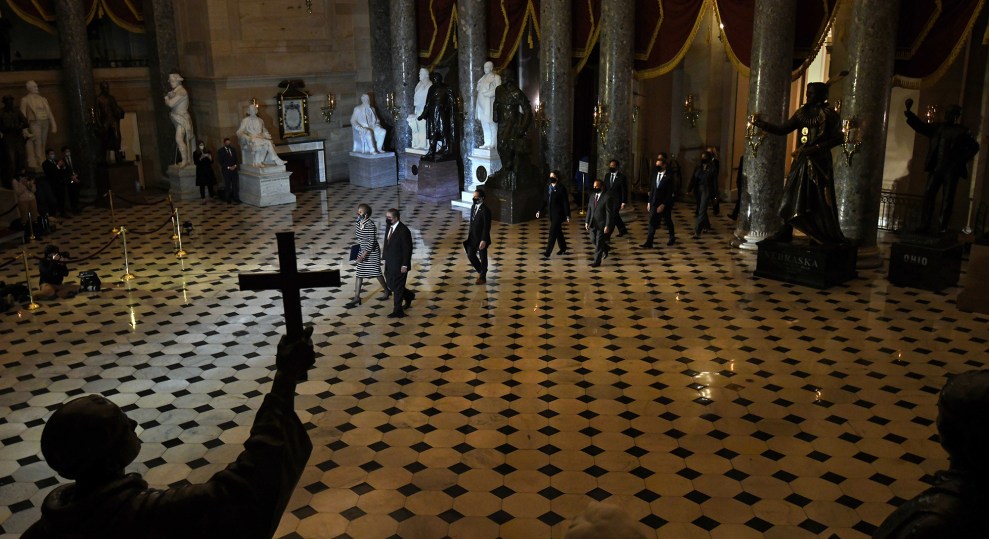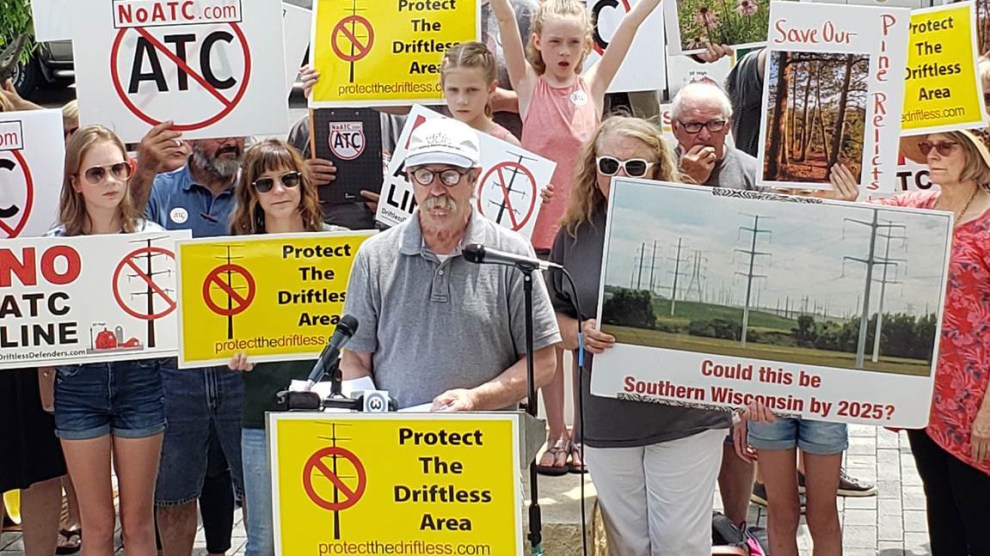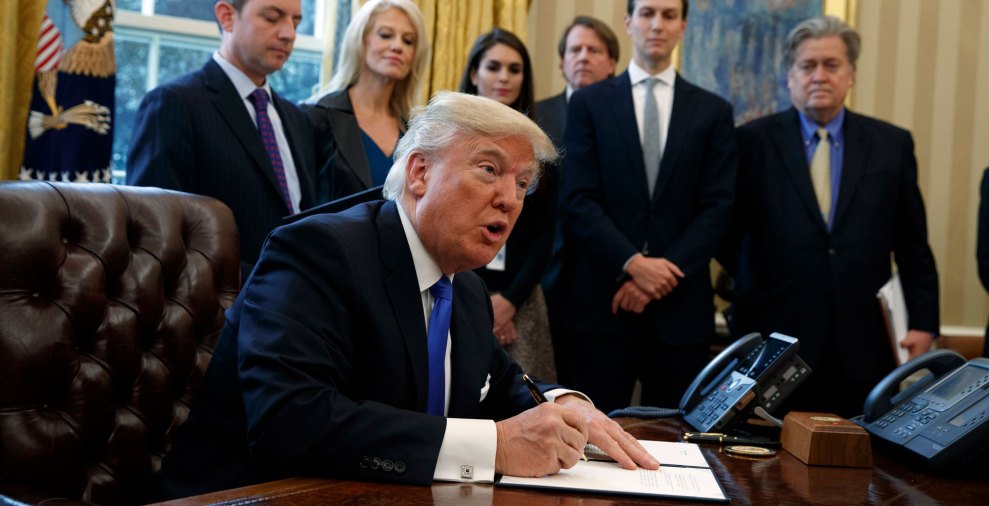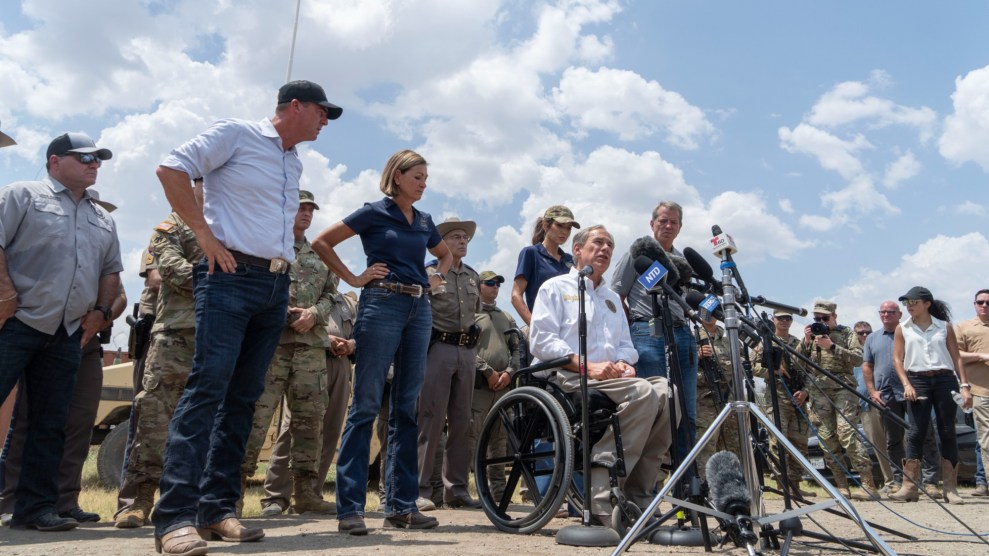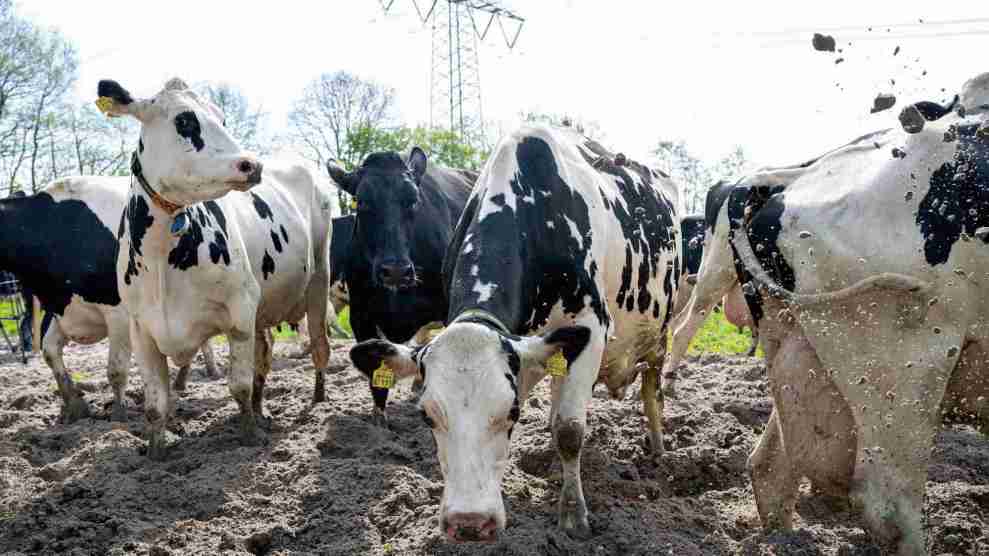The Federal Reserve met today and issued this forecast:
Information received since the Federal Open Market Committee met in June indicates that the pace of recovery in output and employment has slowed in recent months. Household spending is increasing gradually, but remains constrained by high unemployment, modest income growth, lower housing wealth, and tight credit. Business spending on equipment and software is rising;
however, investment in nonresidential structures continues to be weak and employers remain reluctant to add to payrolls. Housing starts remain at a depressed level. Bank lending has continued to contract.
That doesn’t sound good. So what do they plan to do about this?
The Committee will maintain the target range for the federal funds rate at 0 to 1/4 percent and continues to anticipate that economic conditions […] are likely to warrant exceptionally low levels of the federal funds rate for an extended period.
To help support the economic recovery in a context of price stability, the Committee will keep constant the Federal Reserve’s holdings of securities at their current level by reinvesting principal payments from agency debt and agency mortgage-backed securities in longer-term Treasury securities.
Before he left on vacation, Scott Sumner took a guess at four possible actions the Fed might take in today’s meeting, and the good news is that they avoided his “Very Bad” scenario. Instead, we got this:
Bad: The Fed does something minor. Perhaps it promises to maintain the monetary base at current levels by purchasing T-bonds as the more unconventional assets are gradually sold off. The Dow falls slightly. (Actually, people are now so discouraged that this might be viewed as good news.)
Yep, that’s what the Fed did. Still: it’s better than very bad! The one-sixth of you who continue to be out of work or underemployed will surely take solace in that.


